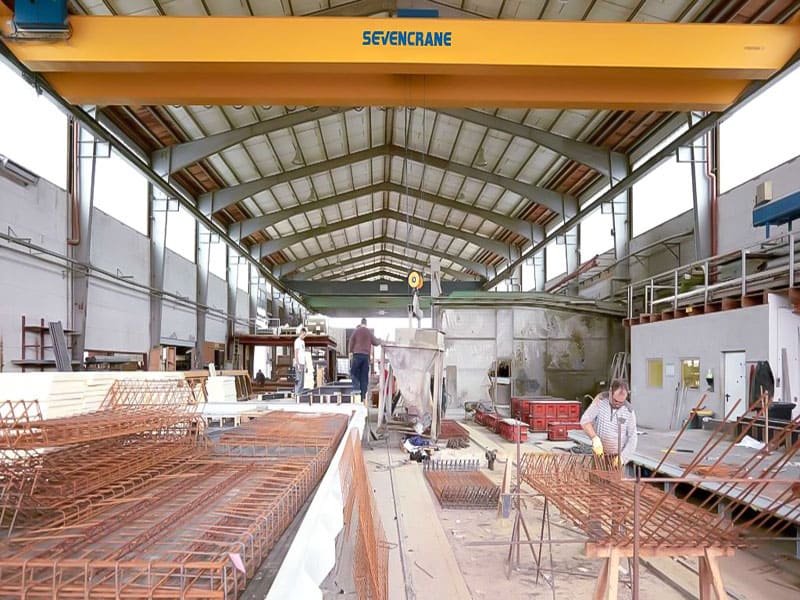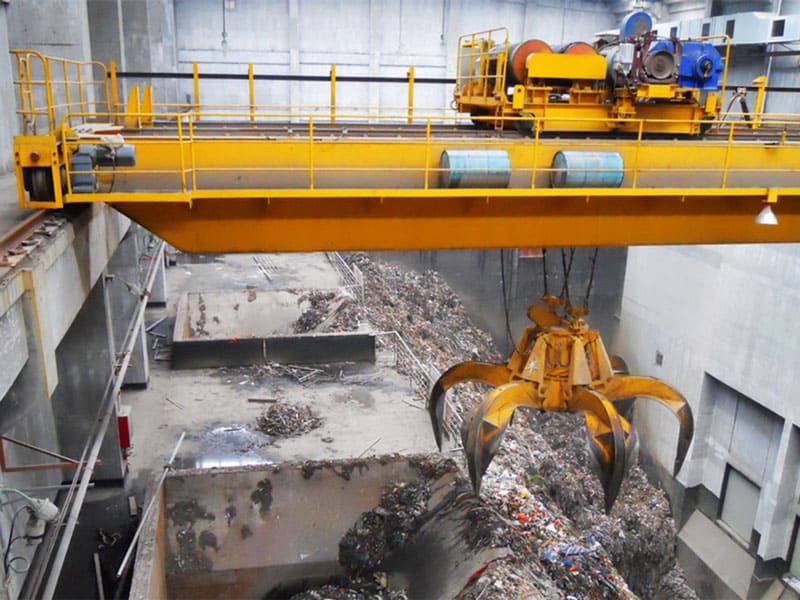Rail gnawing refers to the strong wear and tear that occurs between the wheel rim and the side of the steel rail during the operation of the crane.
Wheel gnawing trajectory image
(1) There is a bright mark on the side of the track, and in severe cases, there are burrs or strips of iron filings peeling off.
(2) There are bright spots and burrs on the inner side of the wheel rim.
(3) When the crane starts and brakes, the vehicle body deviates and twists.
(4) When the crane is traveling, there is a significant change in the clearance between the wheel rims and the track within a short distance (10 meters).
(5) The large car will make a loud "hiss" sound when it runs on the track. When the gnawing on the track is particularly severe, it will make a "honking" impact sound, and even climb the track.


Reason 1: Track issue - the relative elevation deviation between the two tracks exceeds the standard. Excessive deviation in the relative elevation of the track can cause the vehicle to tilt to one side and cause rail biting. Processing method: Adjust the track pressure plate and cushion plate.
Reason 2: Track issue - excessive horizontal bending of the track. Due to the track exceeding the tolerance range, it caused rail biting. Solution: If it can be straightened, straighten it; if it cannot be straightened, replace it.
Reason 3: Track problem - sinking of track foundation or deformation of steel structure of roof beams. Solution: On the premise of not endangering the safe use of the factory building, it can be solved by strengthening the foundation, adding cushion plates under the track, and strengthening the steel structure of the roof beams.
Reason 4: Wheel issue - The diameter deviation of the two active wheels is too large. Solution: If the uneven wear of the wheel tread causes excessive deviation, the tread can be welded, then turned, and finally surface quenched. For rail biting caused by unequal diameter dimensions of the two driving wheel tread surfaces or incorrect installation of the wheel taper direction, the wheel should be replaced to make the diameter dimensions equal or the taper direction installed correctly.
Reason 5: Wheel issue - excessive horizontal and vertical deviation of the wheels. Solution: If the deformation of the bridge causes the horizontal and vertical deviations of the large wheels to exceed the tolerance, the bridge should be corrected first to meet the technical requirements. If there is still gnawing on the track, the wheels can be adjusted again.
There is no problem with the bridge, but an appropriate thickness of pad can be added to the fixed key plate of the angle bearing box. When adjusting the horizontal deviation, add padding on the vertical surface of the wheel group. When adjusting the vertical deviation, add padding on the horizontal plane of the wheel group.
Post time: Apr-28-2024









